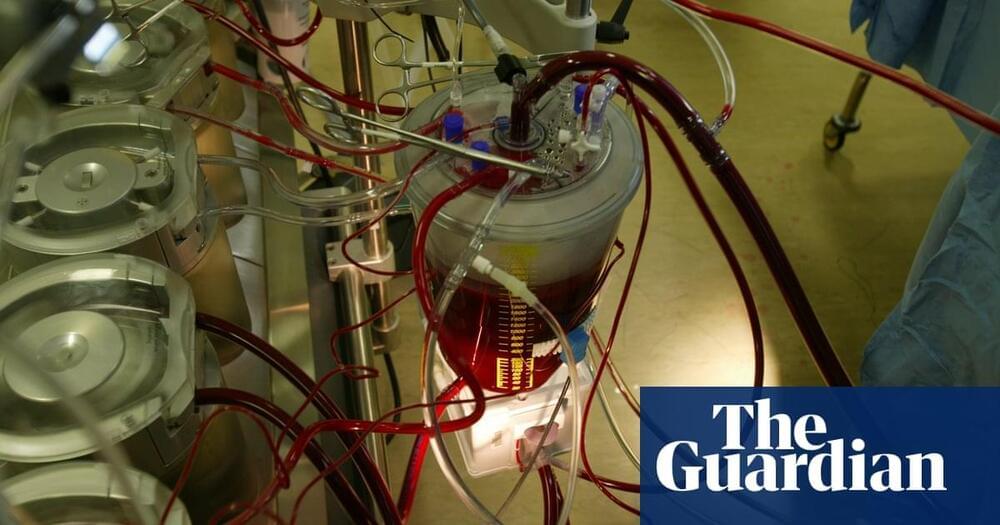One of the smallest chromosomes in humans, the male sex chromosome is the final one to be fully sequenced.
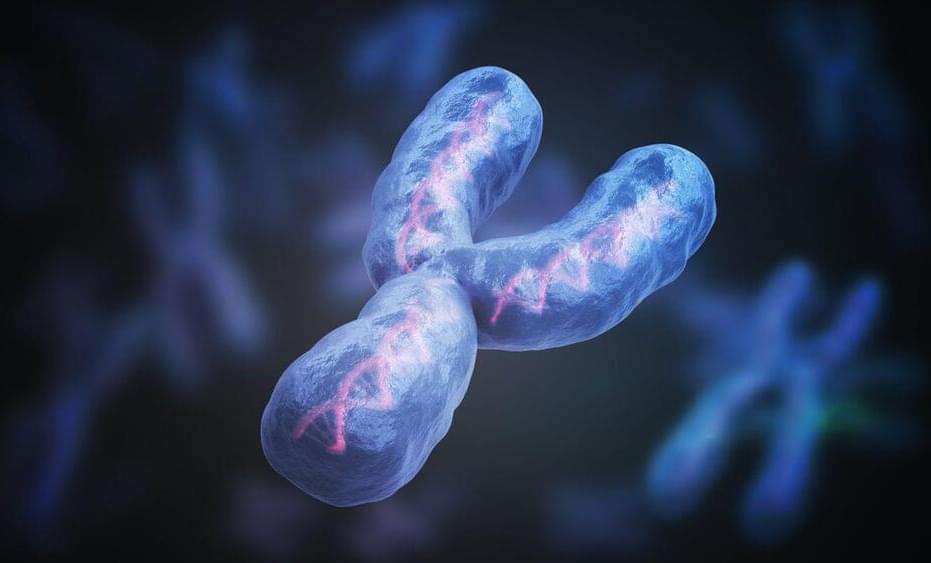

How would it feel to control objects with your mind? Or hear colors? Or maybe even live forever? Well, if you want to find out, all you have to do is become a cyborg. How would being part machine affect us? Would it cause a greater divide between the rich and the poor? And is this the next step in human evolution?
Transcript and sources: https://whatifshow.com/what-if-we-become-cyborgs/
Can you translate this episode into another language? Add subtitles and we will link your YouTube channel in the description: https://www.youtube.com/timedtext_video?v=t6Enng4xZUs.
Watch more what-if scenarios:
Planet Earth: http://bit.ly/YT-what-if-Earth.
The Cosmos: http://bit.ly/YT-what-if-Cosmos.
Technology: http://bit.ly/YT-what-if-Technology.
Your Body: http://bit.ly/YT-what-if-Body.
Humanity: http://bit.ly/YT-what-if-Humanity.
T-shirts and merch: http://bit.ly/whatifstore.
Suggest an episode: http://bit.ly/suggest-whatif.
Newsletter: http://bit.ly/whatif-newsletter.
Feedback and inquiries: https://underknown.com/contact/
Transhumanism — advocates strongly for humans to develop and make widely available sophisticated technologies that enhance human physiology and intellect greatly. In layman’s terms, transhumanists would like for human beings to become cyborgs; cybernetic organisms.
As such, transhumanist concepts feature greatly in science fiction. Cyborgs are commonly seen in all forms of science fiction media…
Concepts of transhumanism and the wish to improve human physiology beyond normal bounds comes from an age-old human desire. That desire is the desire for immortality. Such wishes have been expressed in literature and rhetoric as far back as the early Bronze Age.
It would still take quite some time after the industrial revolution for early transhumanist thinking to develop. Advanced technological growth could eventually allow humans to accomplish much more than a fully fit natural born and grown human can.
As of 2020, transhumanists are playing an established role in global politics in the west, with many of them even being elected to legislature within their respective states. For now, transhumanism just seems like a concept that may or may not be realized practically in the distant future, far beyond our lifetimes.
While being engrossed in our fantasies about the possibilities that may be brought about by cybernetic enhancements to the human body, we tend to forget the important minor details that are very easy to miss. In case of a parts malfunction leading to injury of other people, who is liable? The wearer or the manufacturer of the part?
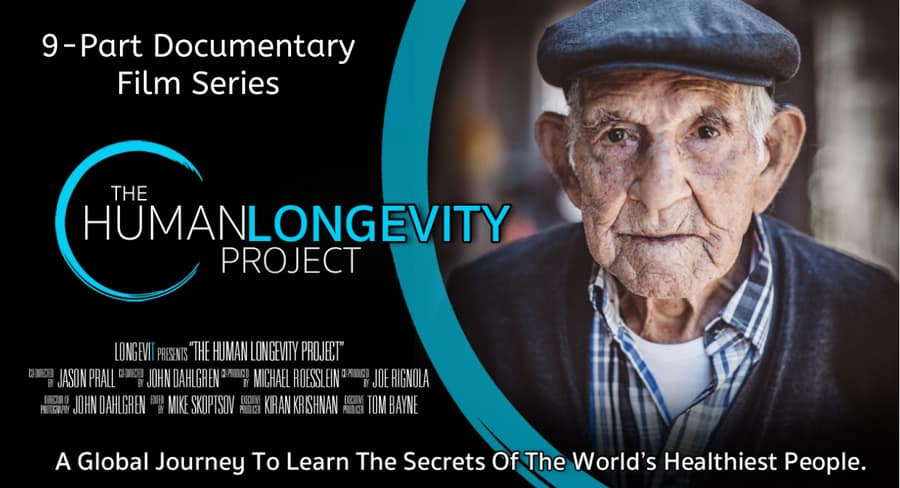
Get the Breakthrough Tools You Need to Reverse Your Symptoms & Feel 17 Years Younger 83% Discount Expires Soon OWN THE SERIES Get Lifetime Access To The Entire 9-Part Series… PLUS 96 Full-length Expert Interviews, 22 Full-length Elder Interviews, Transcripts, MP3s, Action Plan… AND 10 Bonuses Valued At $1,015 – Yours FREE! Normally $447 Right […].
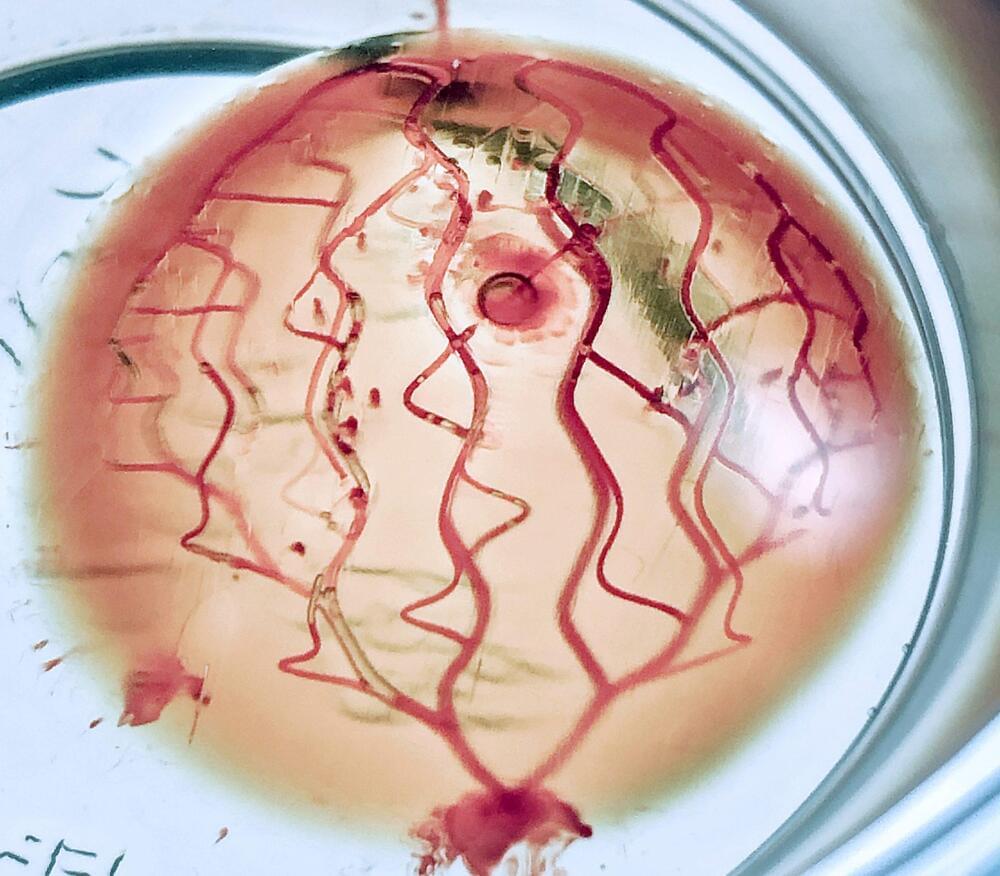
Nominations are now open for the 3D Printing Industry Awards 2023. Who are the leaders in 3D printing? Find out on November 30th when the winners across twenty categories will be announced during a London-based live awards ceremony.
A team of scientists from the University of Sydney and the Children’s Medical Research Institute (CMRI) at Westmead have leveraged 3D photolithographic printing to fabricate functional human tissues that accurately mimic an organ’s architecture.
The researchers utilized bioengineering and cell culture techniques to instruct stem cells derived from blood cells and skin cells to become specialized. These specialized cells can then form organ-like structures.
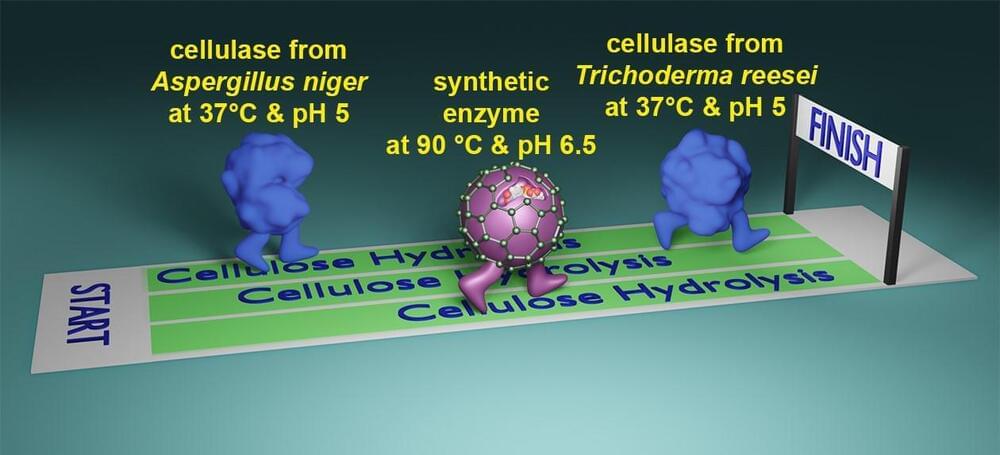
On a drizzly afternoon, Yan Zhao pointed to the trees visible from his campus window.
As a chemistry professor at Iowa State University, he is pioneering the creation of novel synthetic catalysts that break down cellulose, the plant fibers responsible for the trees’ height and strength.
“Cellulose is built to last – a tree doesn’t just disappear after rain,” Zhao said. “Cellulose is a huge challenge to break down.”
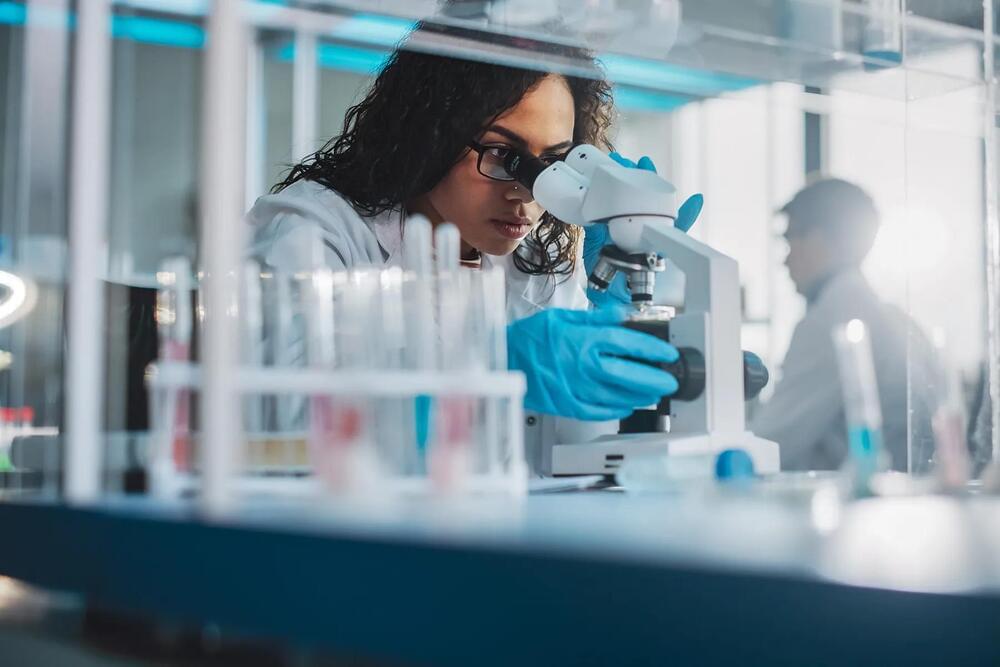
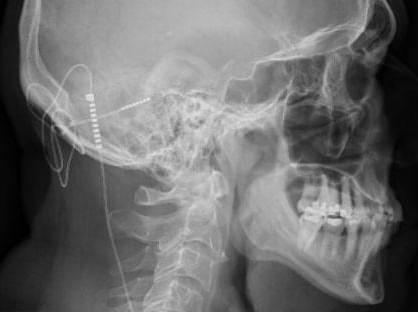

• Encryption and segmentation: These operate on the assumption some fraction of the network is already compromised. Restricting the reach and utility of any captured data and accessible networks will mitigate the damage even on breached systems.
• SBOM documentation: Regulatory compliance can be driven by industry organizations and the government, but it will take time to establish standards. SBOM documentation is an essential foundation for best practices.
If “democracy dies in darkness,” and that includes lies of omission in reporting, then cybersecurity suffers the same fate with backdoors. The corollary is “don’t roll your own crypto” even if well-intentioned. The arguments for weakening encryption to make law enforcement easier falls demonstrably flat, with TETRA just the latest example. Secrets rarely stay that way forever, and sensitive data is more remotely accessible than at any time in history. Privacy and global security affect us all, and the existence of these single points of failure in our cybersecurity efforts are unsustainable and will have unforeseeable consequences. We need to innovate and evolve the internet away from this model to have durable security assurances.
